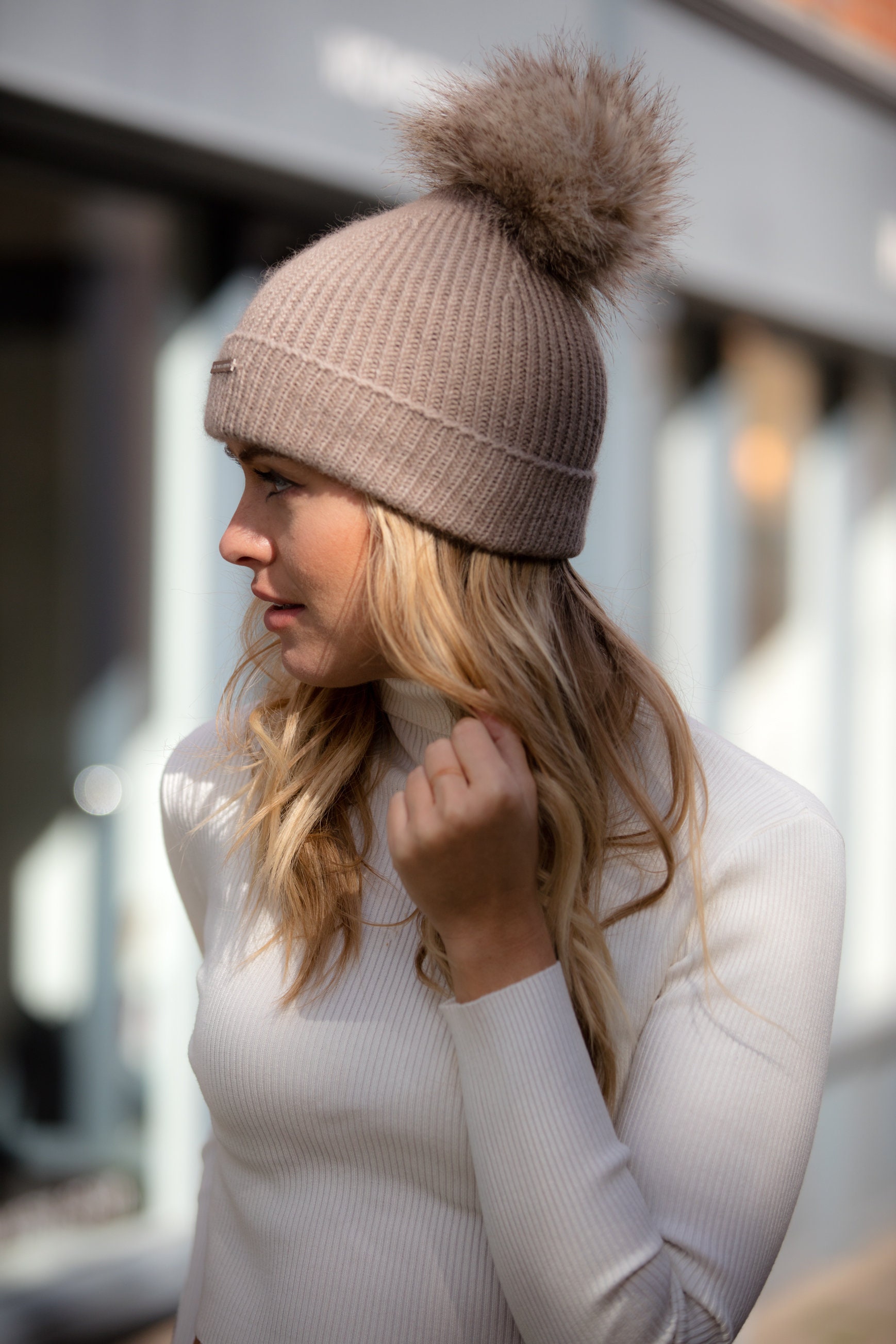

Portrait of George Anthony Legh Keck holding a shakoĭuring the period of general peace that followed the Napoleonic Wars, the shako in European armies became a showy and impractical headdress best suited for the parade ground. The shako provided little protection from enemy attack, beyond giving partial shielding of the head from enemy cavalry sabres. Many armies utilized specially designed oilskin covers to protect the shako and the wearer from heavy rain while on campaign. Following the Franco-Prussian War of 1870, military fashions changed and cloth or leather helmets based on the German headdress began to supersede the shako in many armies.Īlthough the mid-19th century shako was impressive in appearance and enhanced the wearer's height, it was also heavy and provided little protection against bad weather, as most were made of cloth or felt material over a leather body and peak. The Imperial Russian Army substituted a spiked helmet for the shako in 1844–45 but returned to the latter headdress in 1855, before adopting a form of kepi in 1864. It retained this preeminence until the mid-19th century, when spiked helmets began to appear in the army of Prussia, which influenced armies of the various German states and the more practical kepi replaced it for all but parade wear in the French Army.

Made of heavy felt and leather, it retained its shape and provided some protection for the soldier's skull, while its visor shaded his eyes. Replacing in most instances the light bicorne, the shako was initially considered an improvement. Other spellings include chako, czako, sjako, schako, schakot and tschako.įrom 1800 on, the shako became a common military headdress worn by the majority of regiments in the armies of Europe and the Americas. Originally these hats were part of the clothing commonly worn by shepherds, before being added to the uniform of the Hungarian hussar in the early 18th century. The word shako originated from the Hungarian name csákó for the peak, which Hungarian border soldiers ( Grenz-Infanterie) added around 1790 to their previously visorless stovepipe-style hats.

Have a browse now and discover an impressive choice of wholesale hat with pompon and more at of the Hungarian Károlyi Hussar Regiment wearing shakos, 1849. Buy your hat with pompon direct and make incredible savings, maximise your own profits and keep your stock levels in check. This huge product range is always in demand, with traditional, timeless styles and fashionable options equally popular. Why not buy these essential clothing accessories for less by shopping at, where you're able to order directly from manufacturers and suppliers in China who can offer you low prices and simple, fuss-free ordering. These proven designs continue to be the headgear of choice for keeping not only the head, but also the ears warm during the coldest time of year. Most types of hat for winter have evolved from styles used for hundreds of years to keep communities in colder climates warm and dry. Trappers, cossacks, ushankas, beanies and balaclavas all have a long tradition of keeping heads warm during the coldest months. Have a look today and discover a huge choice of hat with pompon at amazing discounts, with options for men, women and children. From fashionable knitted styles in a range of colors to traditional designs in fur or fleece, as well as purely practical solutions, not only will you discover a vast range, but you can save time and money through our sellers. Perfect for those who sell fashion and clothing accessories both on and off-line, these wholesale listings offer everything you need to keep you customers satisfied, and warm.


 0 kommentar(er)
0 kommentar(er)
